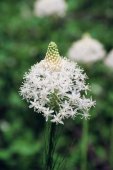 |
Plants
of Southern New Jersey
|
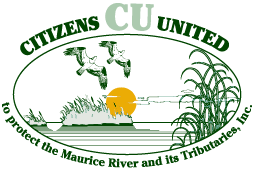 |
|
|
|
|
|
|
|
Plant
Profile
Lysimachia terrestris (L.) Britton, Sterns & Poggenb.
swamp candles
|
|
|
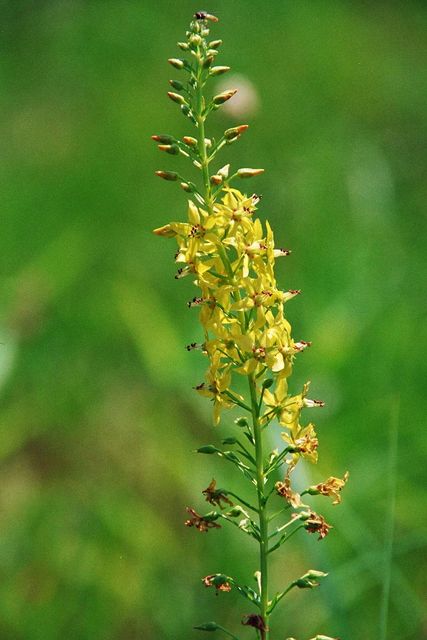 |
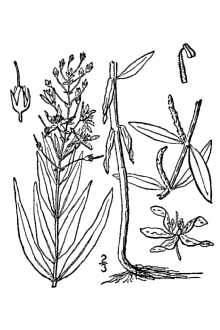
|
| Photo by Renee Brecht | Britton and Brown. See
credits below.** |
| Botanical name: |
Lysimachia terrestris (L.) Britton, Sterns & Poggenb. |
| Common
name: |
swamp candles |
| Group: |
dicot |
| Family: |
Primulaceae |
| Growth
Type: |
forb/herb |
| Duration: |
perennial |
| Origin: |
native |
| Plant
height: |
1-3' |
| Foliage: |
leaves opposite; glabrous |
| Flowers: |
raceme of yellow flowers, each with circle of 2 red spots per base on each of 5 petals; 1/2" |
| Flowering/fruiting time: |
June - September |
| Habitat: |
swamps, marshes, moist thickets |
| Range
in
New Jersey: |
statewide
|
| Heritage ranking if any: |
n/a |
| Distribution: |
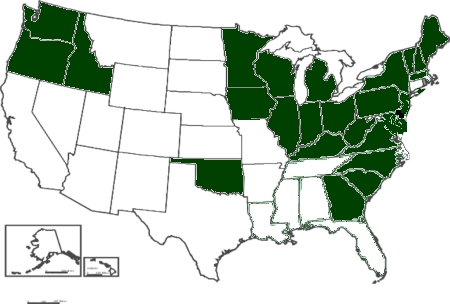 |
| Misc.: |
Stone, in 1910, says "Low swampy ground; frequent throughout the
State. A common species in the Pine Barrens, where the preceding
(Lysimachia quadrifolia) is absent or practically so. The supposed
hybrid, L. producta (Gray), has been collected at Burlington by S.W.Conrad.
Curious
little jointed bulbets grow out of the axils of the leaves in late
summer producing an appearance quite different from that presented at
the flowering season. Specimens in this condition were mistaken by
Linnaeus for a terrestrial Mistletoe, which accounts for the plant
being originally described in the genus Viscum"(631-632).
|
|
|
Not sure what a word means? Use Answers.com:
|
|
Sources
**USDA-NRCS PLANTS Database / Britton, N.L., and A. Brown. 1913. An illustrated flora of the northern United States, Canada and the British Possessions. Vol. 2: 712. |
|
|